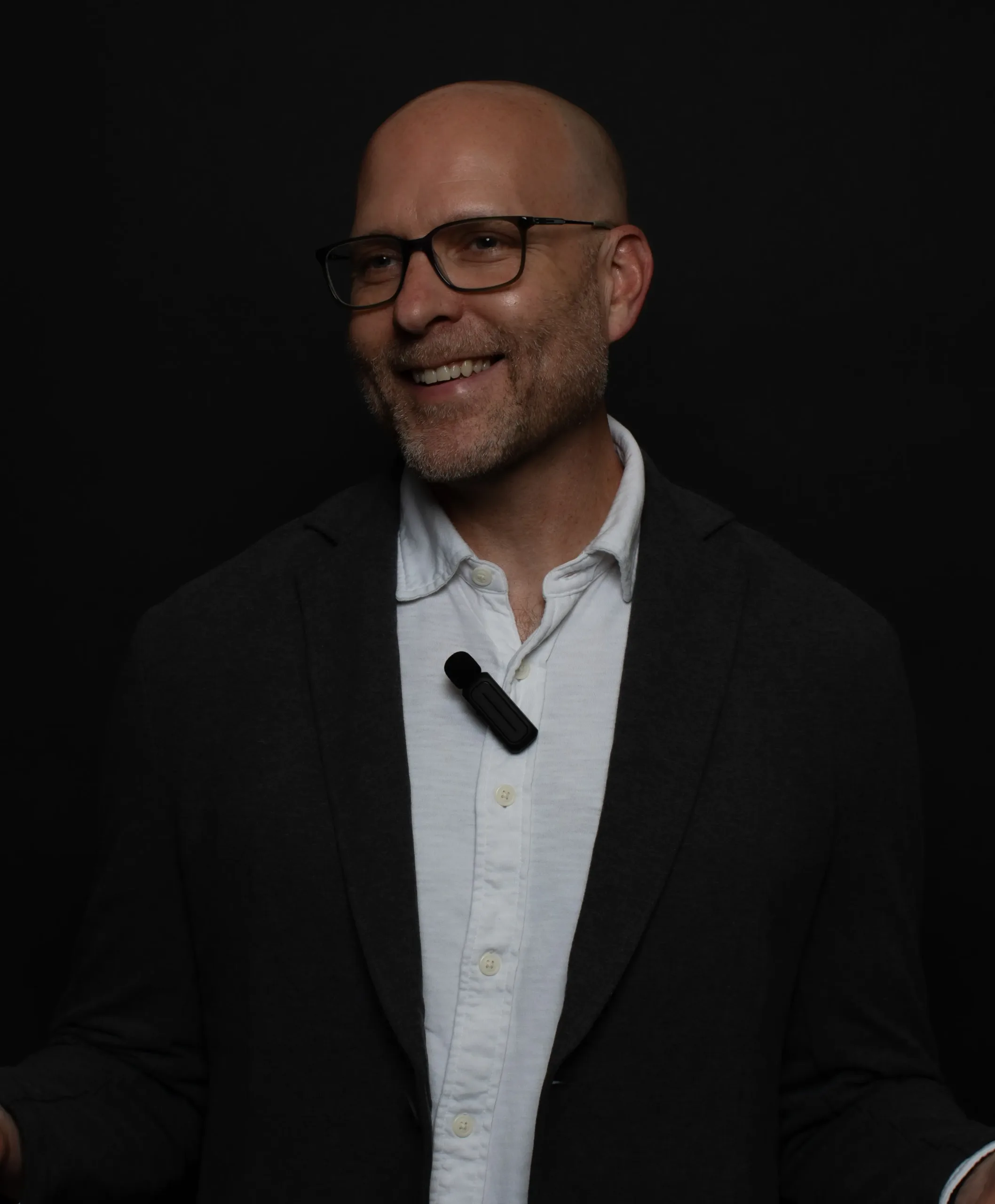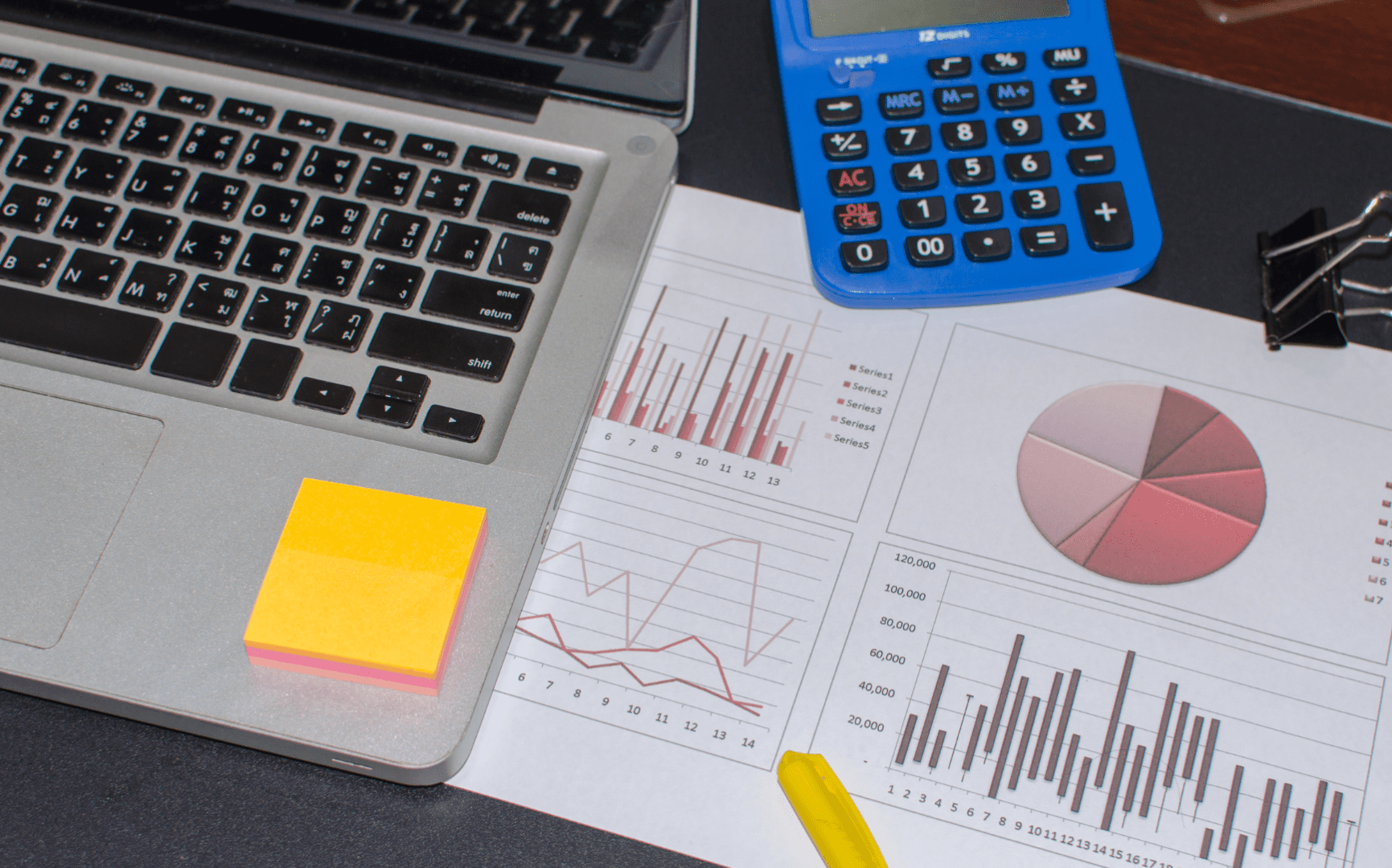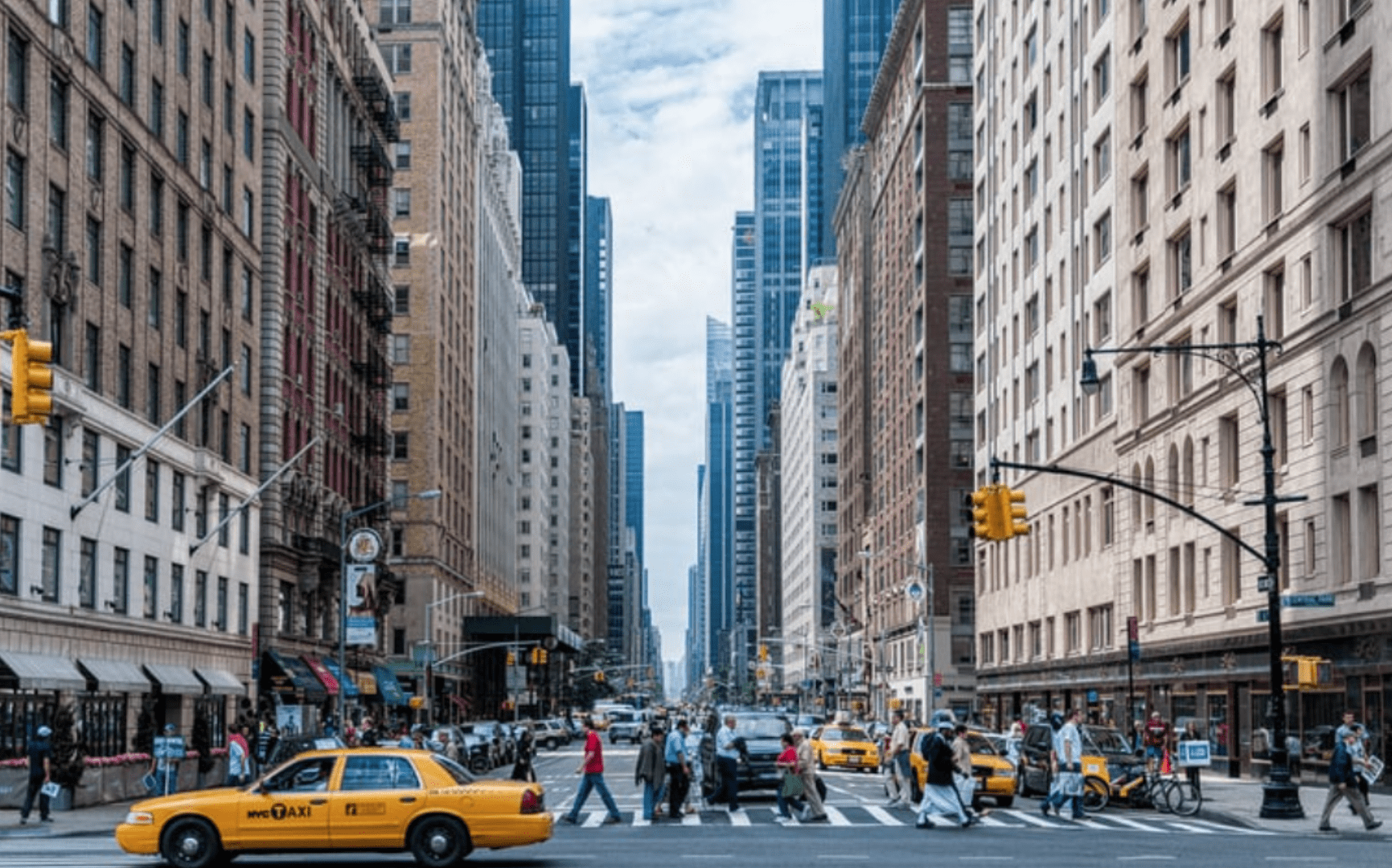
Why the AEC Industry Must Reclaim Time to Build the Future
The Real Cost of “I Don’t Have Time”
The saddest thing I hear in the AEC (Architectural, Engineering, and Construction) industry is: “I don’t have time to learn something new.”
It’s more than a “busy” schedule; it’s a warning sign.
Because the construction industry shapes the future through hospitals, bridges, housing, and energy solutions, how we use our time ultimately impacts more than just ourselves. It affects everyone who inhabits the spaces we create.
We entered this profession to solve problems, to design with purpose, and to build a better world. However, if we don’t make time to learn, reflect, and improve how we work as an industry, then what will that ultimately cost us, and the communities we serve?
Are we truly a time-poor industry?
We all have the same 24 hours, the same 525,600 minutes each year. We allow our attention to go unprotected and rarely choose to act with intention — and that’s the real issue, not time.
So, what if time isn’t something we simply find, but something we intentionally choose to steward?
What Does It Mean to Steward Time?
Steward (noun / verb)
In the AEC industry, however, to steward time means actively managing, protecting, and aligning it with purpose—not just for personal productivity, but for professional impact.
- As a noun: A steward is someone who takes responsibility for something valuable, guiding it with care and foresight.
- As a verb: To steward is to intentionally direct your time and attention toward meaningful outcomes.
Why It Matters
Time stewardship is a mindset shift, from reacting to time pressures to leading with purpose. Ultimately, it’s about shifting our mindset, seeing time not as something to spend, but as something to invest in learning, innovation, and legacy.
The Deficit Isn’t Time — It’s Protected Attention
We live in an attention economy. Our time is monetized by others.
Too often, before we even get to our responsibilities, we’ve already surrendered hours to low-reward distractions.
Technology promised efficiency. Yet, ironically, some of it ends up stealing more time than it saves.
We let algorithms, obligations, and noise hijack our attention every day.
Time isn’t scarce. We haven’t protected the kind of attention that drives focus and purpose.
Imagine your attention as currency. Are you spending it on what builds your future?
This matters even more in the AEC industry, where every hour lost to distraction can delay the infrastructure the world depends on.
AEC Impact:
While PlanGrid + FMI’s 2018 study remains widely cited for estimating ~$177.5 billion in annual U.S. construction inefficiencies, newer data shows that rework alone accounts for roughly 5–11% of total project costs (PlanRadar, Autodesk/FMI). Based on recent U.S. construction spending of $2.0–2.24 trillion (ConstructConnect), that equates to an estimated $100–$250 billion per year lost to rework, and potentially $300 billion+ when broader inefficiencies are included.
(Sources: PlanGrid + FMI “Construction Disconnected,” Autodesk/FMI White Paper, PlanRadar Rework Study, ConstructConnect Forecasts)
Innovation Gap:
Construction continues to invest well under 1% of annual revenue in R&D and technology, compared to about 3.5% in automotive and 4–4.5% in aerospace (McKinsey & Company). National Science Foundation (NSF) and OECD data confirm that R&D spending remains heavily concentrated in manufacturing and tech, leaving construction among the lowest R&D-intensity industries, a key factor behind its slower digital and productivity growth.
(Sources: McKinsey & Company; National Science Foundation / BERD; OECD)
These numbers aren’t just statistics, they represent missed opportunities to digitize, to collaborate better, and try new methods to design and build. But most important, it shows we have some things to think about to help with our time-poor industry.
Because innovation isn’t optional, it’s the foundation of advancing our industry.
Start with Awareness: Audit Your Time
Reclaiming time starts with awareness and in the AEC industry, that awareness has global consequences.
Before we can reclaim our time, we need to understand where it’s going, and why
If we don’t make time to learn, innovate, and solve problems, we risk falling behind in designing and building the infrastructure the world urgently needs.
Start with a time audit. For two weeks, track where your time actually goes, not where you think it goes. Be honest. This isn’t about guilt; it’s about clarity.
- Which parts of my day feel light, meaningful, or energizing?
- Which parts drain me without much return?
- Who (or what) is deciding how I spend my time. Is it me, or something else?
- What am I not doing that I really want time for?
Time Assets & Liabilities
Think of your time like a business balance sheet.
Create a Time Asset & Liability Sheet to track where your efforts go and whether they align with your goals.
- Assets: Moments that energize, fulfill, or move you forward.
- Liabilities: Tasks that drain, distract, or delay.
Make a list of things you’ve wanted to research, read, study, or try but you haven’t. Then ask:
- Why are these important to me?
- What would it mean if I never get to them?
- Who else is impacted if I don’t pursue them?
Reflect on the global cost due to the lack of innovation and the constant delays in critical infrastructure and other areas of progress by not being intentional about our attention time.
The Workforce Ripple Effect — Why Time Matters More Than Ever
The AEC industry faces mounting pressure today, and it must prepare for an even smaller workforce ahead.
Nearly 41% of construction workers are projected to leave their jobs by 2031 due to retirements and career shifts. Construction alone will need to hire 439,000 new workers in 2025 just to meet demand. Yet the pipeline of skilled professionals is shrinking, with fewer young people entering the trades and engineering programs seeing enrollment declines.
If we’re already saying “I don’t have time to learn” today, what happens when there are fewer people to do the work tomorrow?
Every hour lost to inefficiency now compounds into future delays and missed opportunities. As projects exceed budgets and timelines, they trigger ripple effects that delay essential infrastructure for communities, from hospitals to housing to climate resilience.
This isn’t just about productivity, it’s about legacy.
The next generation will inherit the systems we design and build. If we don’t invest time now to learn, innovate, and collaborate better, we risk handing them a backlog of further crumbling infrastructure, broken processes and potential global security.
Time is not just a personal resource; it’s a professional responsibility.
The future workforce will be smaller, younger, and less experienced. What we do with our time today will either empower them, or burden them.
Every hour you invest in learning today is a gift to the next generation.
Build Your Attention Defense System
We all have time thieves.
The “this could’ve been an email” meeting guy. The endless notifications. The habits we never questioned. These aren’t just annoyances, they’re liabilities.
Build a defense system for your attention:
- Turn off nonessential notifications.
- Schedule time for deep work and time to explore your curiosity.
- Apply a cost to your time, even 15 minutes should be measured against your goals.
Ask yourself:
- What will I do the next time someone tries to steal my attention?
Protect yourself against the Digital Drain. The average person spends 2.5+ hours/day on social media. That’s over 900 hours/year.
Your attention is under siege. What’s your defense strategy?
We lose valuable time in the AEC industry — time we could use to explore, learn, solve problems, mentor, and enhance project delivery.
Envision Being Time-Rich
Imagine being time-rich.
Not because you’ve found extra hours in the day, but because you’ve reclaimed your attention and aligned it with intention.
In the AEC industry, time isn’t just a personal resource, it’s a professional responsibility. Every hour we don’t spend learning, solving, or improving is an hour that may delay the infrastructure the world urgently needs.
When we say, “I don’t have time to learn,” we’re not just postponing personal growth, we’re postponing progress for everyone who depends on what we design and build.
So instead of asking, “Do I have time?” ask:
“Who or what is robbing me of the time I need to fulfill my mission?”
Because, you do have time. But the real question is are you spending it in alignment with the future you’re here to create?
Reclaiming time isn’t just about better scheduling, it’s about adopting a new mindset. Treat your time like an investment, not a transaction. The following framework offers six pillars to help AEC professionals shift from time scarcity to time stewardship.
To help AEC professionals shift from time scarcity to time stewardship, the following framework offers six pillars that align attention, intention, and impact. These mindset shifts go beyond productivity tips — they help you lead with purpose in every hour you choose to spend.
Framework: Time Stewardship for AEC Professionals
| Pillar | Focus | Why It Matters |
| Awareness | Time audit, honest reflection | You can’t change what you don’t measure |
| Attention Protection | Minimize distractions, defend deep work | Your attention is your most valuable resource |
| Intentionality | Align time with purpose and mission | Design and build with impact — not just output |
| Learning Commitment | Make time for growth, innovation, and skill-building | The cost of not learning is global |
| Collective Impact | Recognize time as a shared resource in teams and projects | Time misused affects not just you, but the communities you serve |
| Future Workforce Readiness | Invest time today to prepare tomorrow’s professionals | The next generation will inherit your systems — make them better |
This framework isn’t just a checklist, it’s a mindset shift. It invites every AEC professional to move from reacting to time pressures to proactively designing their time around purpose, learning, and legacy.
From Scarcity to Stewardship
We didn’t choose this profession to be “busy”, we chose it to build. To solve. To shape the future.
But if we don’t make time to learn, reflect, and improve how we work, the cost isn’t just personal. It’s global. Every hour lost to distraction or inefficiency is an hour not spent designing the infrastructure communities urgently need.
Time isn’t the problem. The real deficit is in available attention time, the kind that’s focused, intentional, and aligned with our mission.
Action Steps Summary: Reclaiming Time in AEC
- Perform a Time Audit:
- Track where your time actually goes for two weeks. Awareness is the first step to change.
- Create a Time Asset & Liability Sheet:
- Identify what energizes you vs. what drains you. Align your time with your goals.
- Protect Your Attention:
- Turn off nonessential notifications. Schedule deep work. Apply a cost to your time.
- Act with Intention:
- Reconnect with your purpose. Ask: “Is this how I want to spend my time?”
- Commit to Learning:
- Make time for growth, innovation, and skill-building. The cost of not learning is global.
Final Thought
If your time is your most valuable currency, what kind of return are you getting on your investment?
This isn’t about working harder. It’s about working with purpose.
Because the future isn’t just something we build, it’s something we choose to make time for. Let’s choose wisely.




